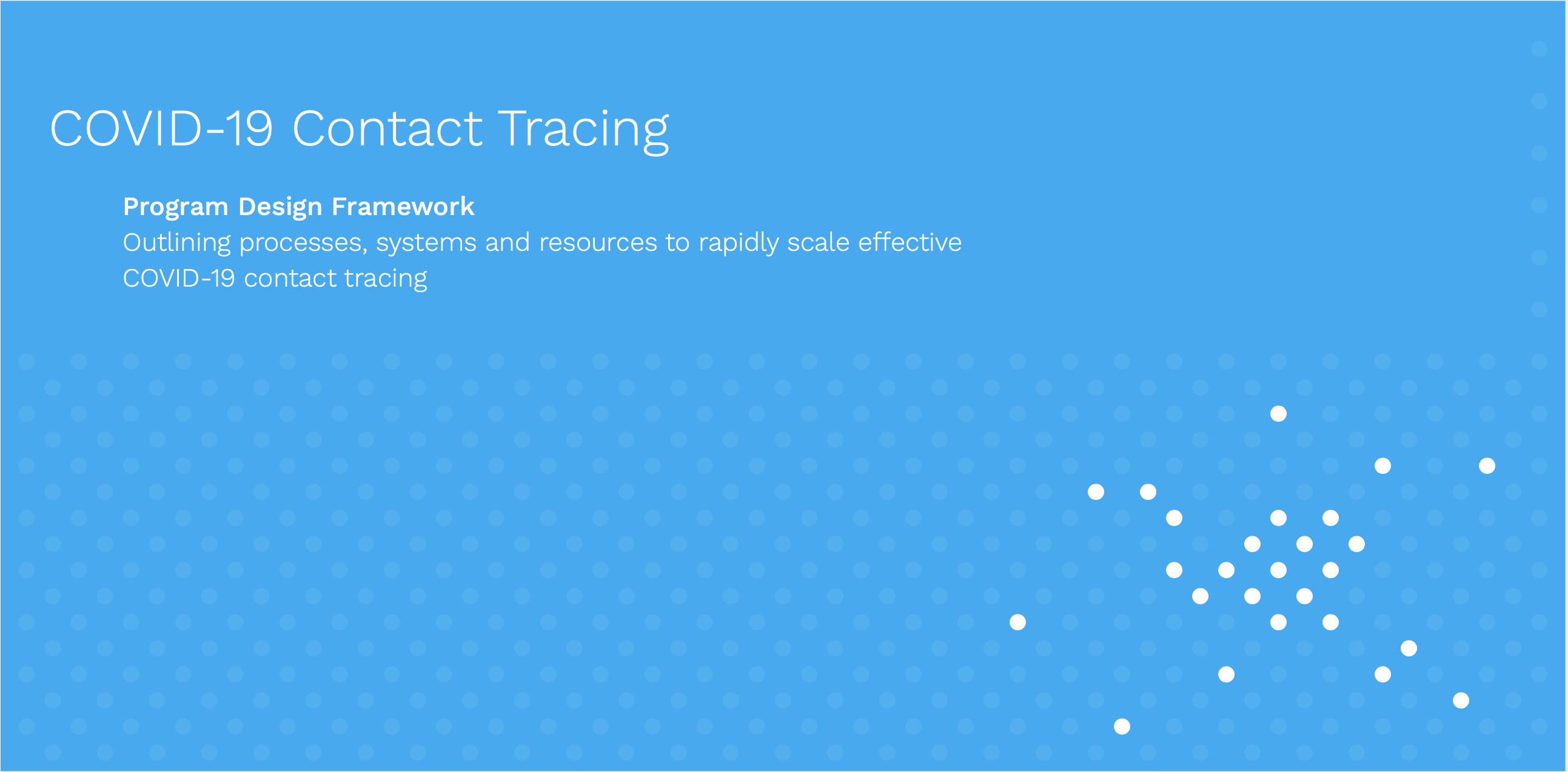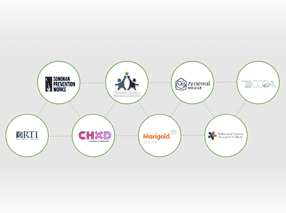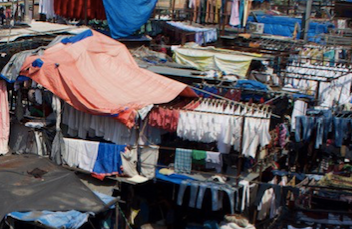This is my first post after a blogging hiatus that started more than a year ago. Much has changed in my life between then and now so I’ll make this post a quick intro of myself, and a catch up for those wondering about me dropping off the blogosphere.
At the time, I was an Architect at the Microsoft patterns & practices team, shipping content, frameworks, and tools to help folks be more productive when building large scale applications. I then became the architect with the Microsoft working on prototypes and designing approaches to foster of innovation within the company. But then…
I met Eric, InSTEDD’s CEO, during Strong Angel III, a big civilian-military disaster preparedness exercise. Later in 2007 I was partnering with Robert Kirkpatrick (now in InSTEDD too), Ted Okada and Nigel Snoad from Microsoft Humanitarian Systems working on one of our prototypes that was being deployed in Afghanistan to help evolve open standards for data synchronization.
When last October InSTEDD took its current shape with Eric and Robert on board, I was presented with a great opportunity. Although I was working with smart folks across a successful company with an amazing team on pretty cool stuff, I had a longing to work in the humanitarian and health space full time. I wanted to bring in the best of technology to communities that really need it worldwide and to those who work with them. The choice was clear: I took the plunge and joined InSTEDD to lead the engineering arm, so… here I am.
Some of the things that excited me about joining InSTEDD besides the mission and the people, was how we wanted to go about things:
- Contributing to disaster and health information flow by reframing it as a collaboration problem. I believe in the ability of technology to augment human capability – and its proven ability to get in the way!
- The opportunity to create a field lab. Taking the notion of “If you don’t go you don’t know” and “design for the wild”, mix it up with agile engineering to build and integrate technology so that can continuously adapt to the needs of communities.
- The ability to work in a space where platforms are just a means to an end, and cross-platform interoperability part of everyday life. Our scorecard is based on improved livelihoods. We can use Linux, Google, Eclipse- you name it; contribute to stellar open source projects such as Mono or Sahana, and participate in the technical community with a strong emphasis on long term sustainability.
If you are reading this coming from the humanitarian or health space, you can infer I am a new on the block, so please be patient. I appreciate any and all guidance, feedback, recommendations, warnings, and advice you might have. If you come from the technology space, well, there is so much to be learned from what happens in the toughest environments, and I hope to share the lessons as we find them (or they find us).
Right now some of the things we are working on include:
- How to develop better situational awareness of “who’s doing what where” and how to use that awareness to accelerate the process of people building relationships.
- How information flow can be improved “up & down”: from the far field where SMS barely works to headquarters and back, with visualization and analysis, as well as between communities finding their own innovative approaches to deal with problems, and “between” the silos of human, animal, and environmental health.
- How to take information typically consumed individually to create customized group collaboration environments.
- What is a good mix of existing and new software, services and devices for the problems above? What is the simplest architecture that can keep it all working together in an interoperable, reliable and secure fashion?
Do any of these spark an idea? Please come and share it. It is up to us.





